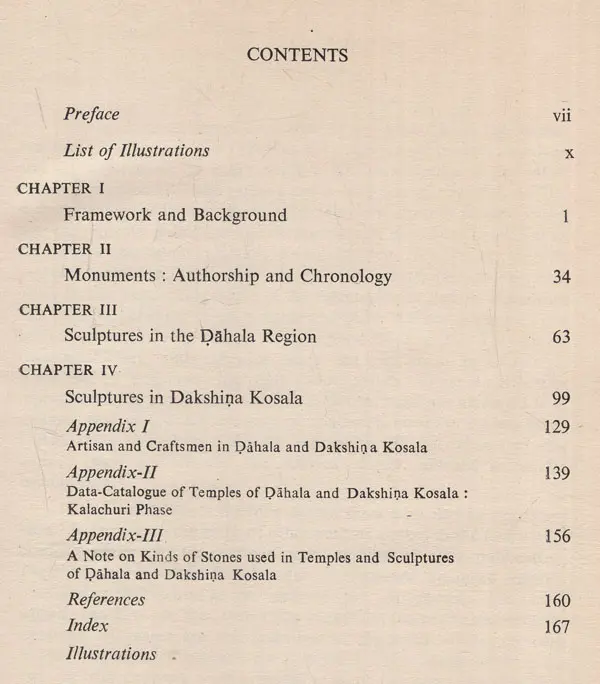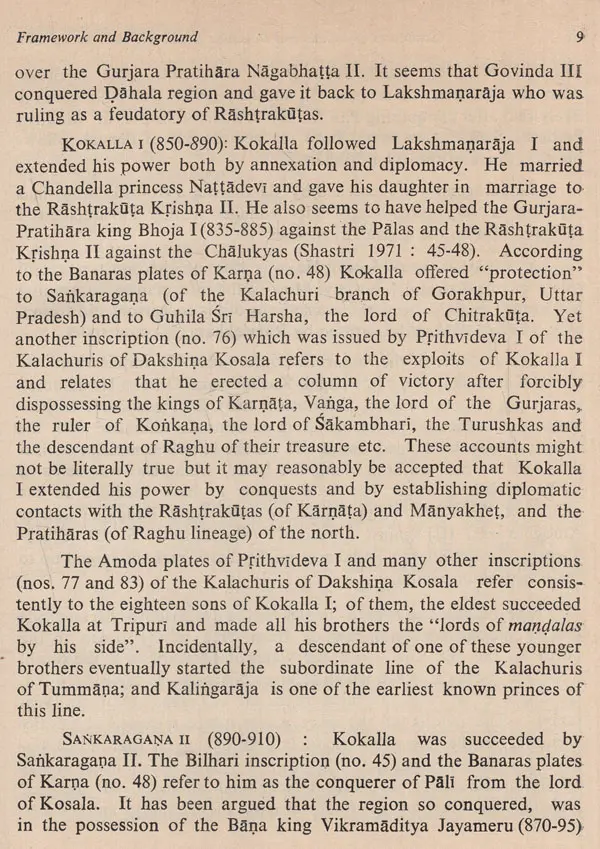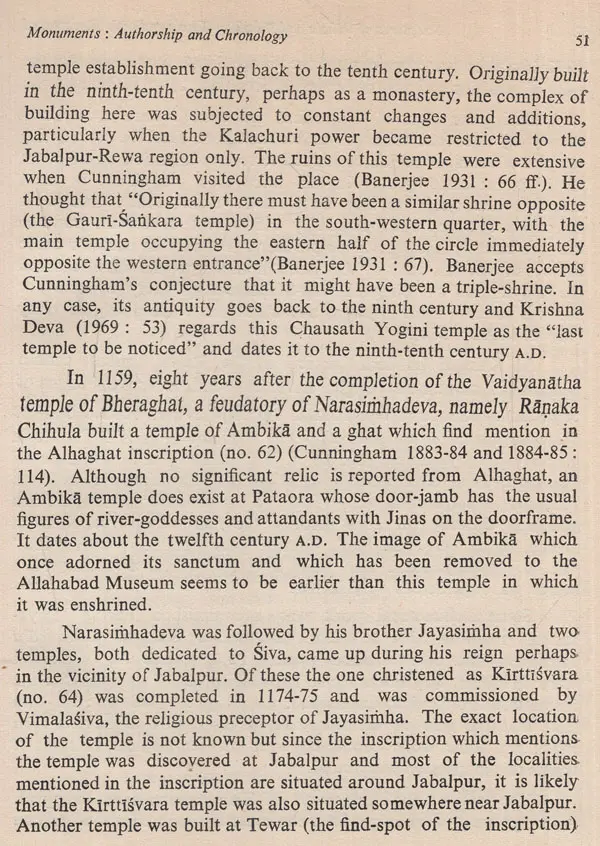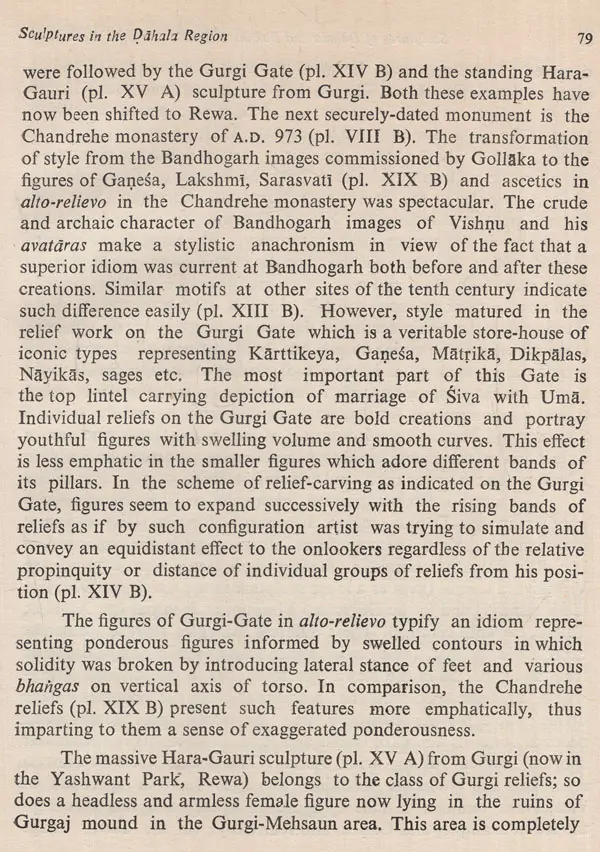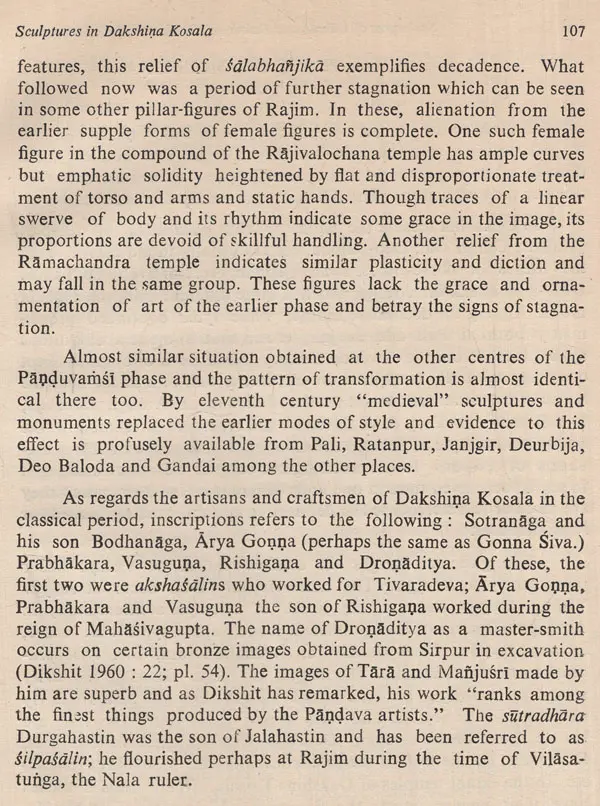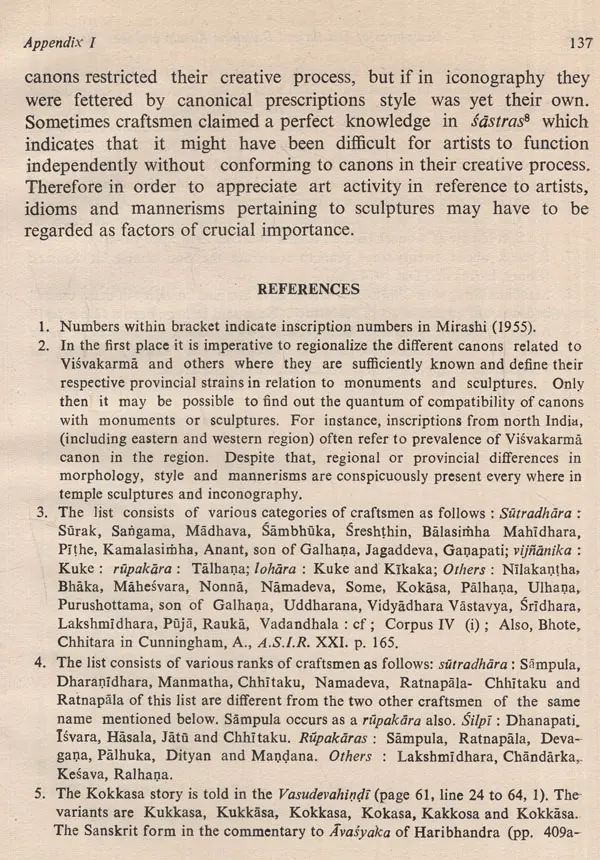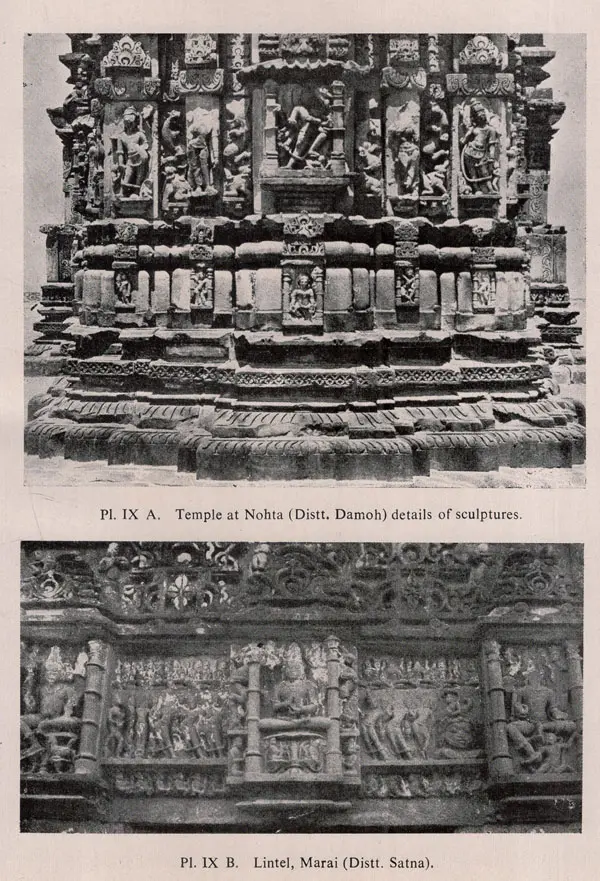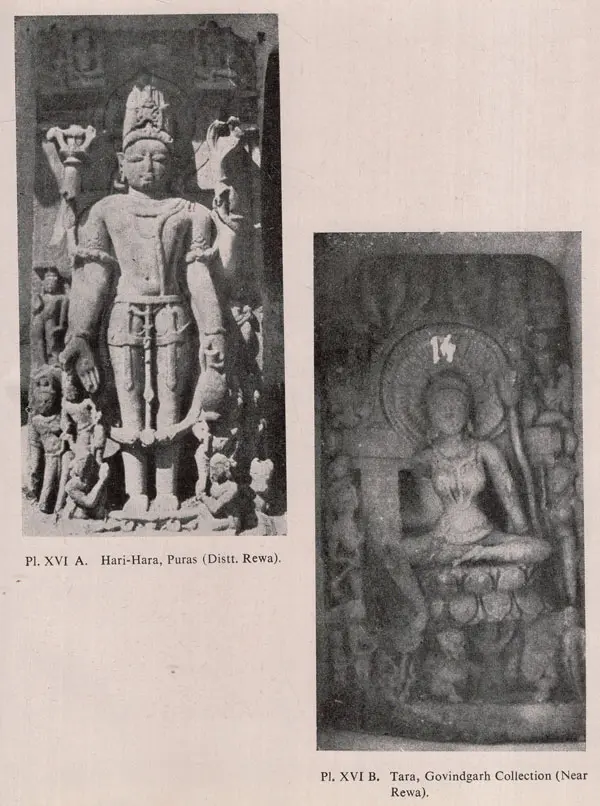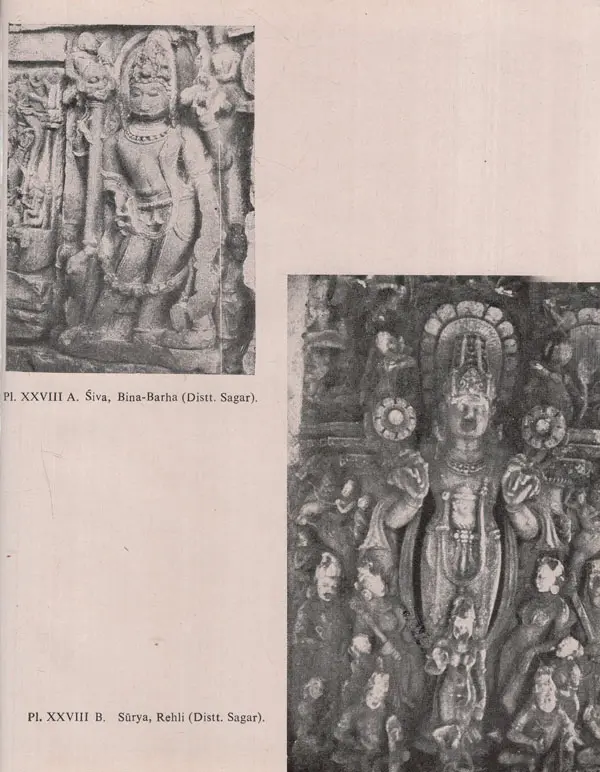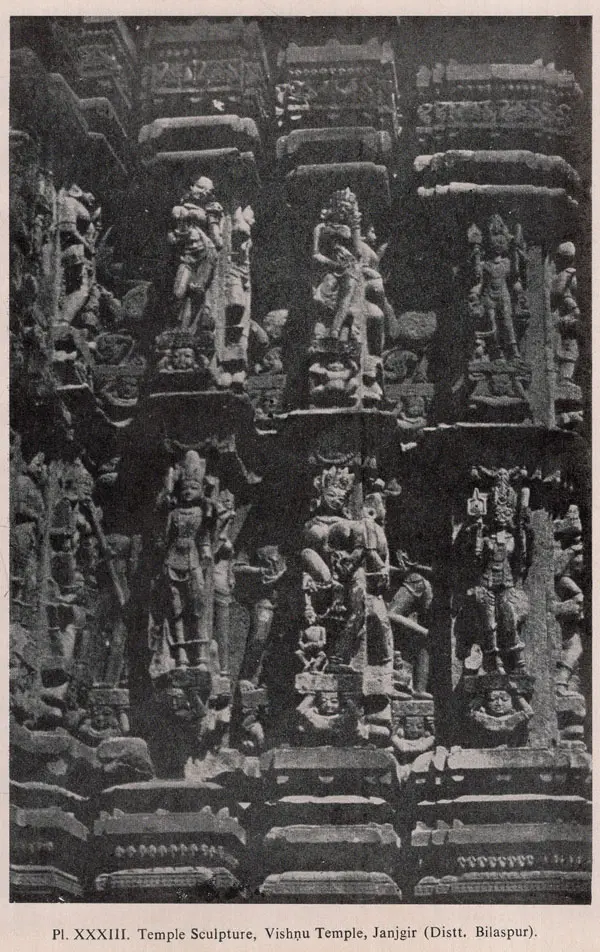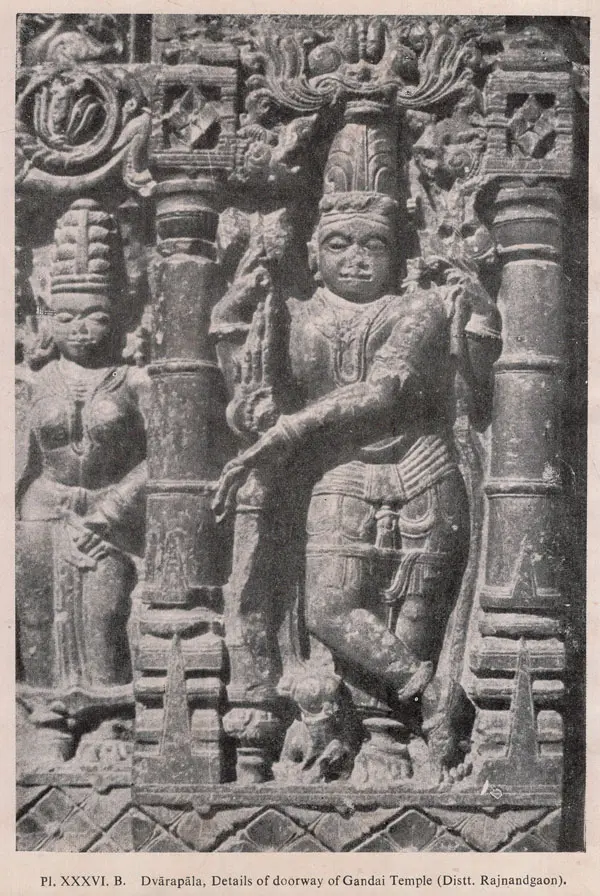
Sculptures of Dahala and Dakshina Kosala and Their Background (An Old & Rare Book)
Book Specification
| Item Code: | UAQ061 |
| Author: | R. N. Misra |
| Publisher: | Agam Kala Prakashan, Delhi |
| Language: | English |
| Edition: | 1987 |
| Pages: | 200 |
| Cover: | HARDCOVER |
| Other Details | 9.80 X 7.50 inch |
| Weight | 710 gm |
Book Description
The analysis indicates consistent diversity of idioms from one province of activity to the other on one hand, and between different centres of activity in the same province on the other. It also indicates that monastic organisation of the ascetics of Saiva-Siddhanta school of Saivism played an important role in art activity in Dahala. The phenomenon of stylistic diversity in sculptural idioms has been connected, wherever possible, with individual craftsmen who find mention in inscriptions. On the whole, the monograph seeks to define regional units, the monuments which came up within those units and craftsmen who brought them forth.
His publications include Bharhut (in Hindi; Bhopal, 1971), Ancient Artists and Art Activity (Simla, 1975), Indian Sculpture (in Hindi, Delhi, 1978) and Yaksha Cult and Iconography (Delhi, 1981).
Some words about the form of this book may also be necessary here. Reference to the work of other authors occurs in the text within brackets along with the year and page numbers of their publication. Their full details will be found under "References" arranged chapter wise and appendix-wise at the end of the Appendices. "Figures" within brackets in the text refer to sketch-plan of the monuments; citations of plates are self-explanatory. Appendix II has not been indexed because its content itself is brief. The "References" at the end of the chapters were intended to go as footnotes and should be treated accordingly. Those who consult the book are also requested to read on page 43 line 1 from below (plate XIII A) for (Fig. 25); on page 46 line 12 from top (plate VII B) for (Fig. 18); and on page 61 line 17 from below (Plate XXXV) for (Fig. 69) For printing errors there are only explanations but absolutely no justification, and I can only request my worthy readers to kindly bear with them.
I am grateful to the Institute and in particular to Professor S.C. Dube, the then Director of the Institute for providing me not only the necessary facilities but also an atmosphere at Simla fit for academic work. Professor Dube's presence in that atmosphere was always inspiring and in addition, his care and consideration made everything within reach. I cherish the memory of this association and thank him for the opportunities I had for work during his tenure at the Institute.
**Contents and Sample Pages**

